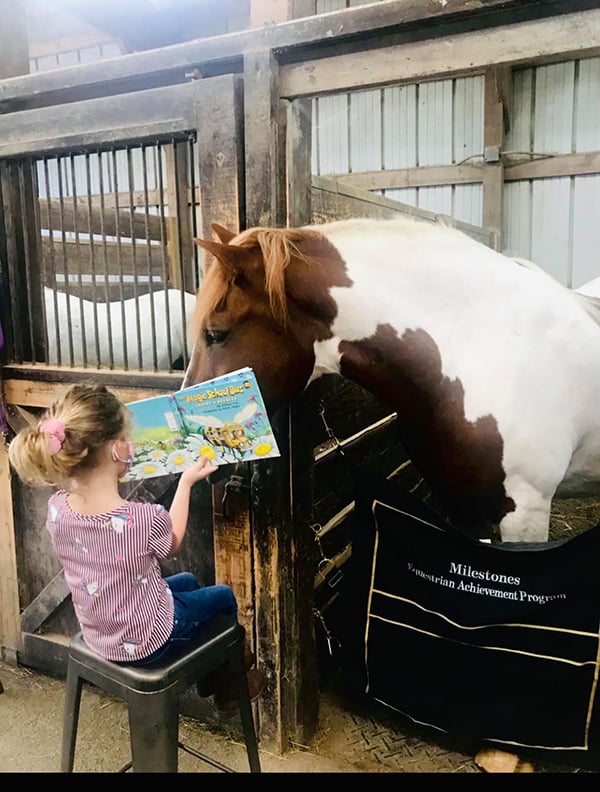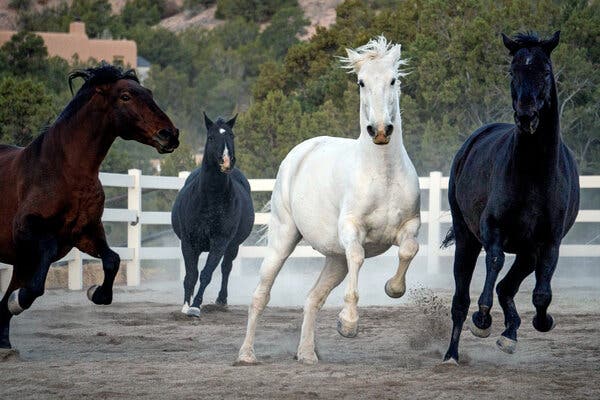Incredible Horse Navigation Abilities

Horses have long fascinated humans not only for their strength and speed but also for their remarkable ability to navigate complex environments. This article explores the incredible navigation skills of horses, shedding light on how they find their way across vast terrains, remember routes, and respond to environmental cues.
Table of Contents
- Introduction to Horse Navigation
- Sensory Abilities Supporting Navigation
- Cognitive Skills and Memory
- Environmental Cues and Landmarks
- Scientific Studies on Horse Navigation
- Practical Applications
- Frequently Asked Questions (FAQ)
1. Introduction to Horse Navigation
Horses possess innate navigation abilities that allow them to travel long distances and return to familiar locations. These skills are essential for survival in the wild, where finding water, food, and shelter depends on effective orientation.
2. Sensory Abilities Supporting Navigation
Horses rely on a combination of sensory inputs to navigate:
- Vision: Horses have wide-angle vision and excellent motion detection, helping them recognize landmarks and detect changes in their environment.
- Olfaction (Smell): Their keen sense of smell aids in identifying familiar scents and tracking.
- Hearing: Acute hearing allows horses to detect sounds that may indicate direction or danger.
- Proprioception: Awareness of body position helps horses maintain balance and coordinate movements during navigation.
3. Cognitive Skills and Memory
Horses demonstrate strong spatial memory and learning capabilities:
- They can remember routes and locations over long periods.
- Horses use mental maps to navigate, integrating sensory information with past experiences.
- Training enhances their ability to follow complex paths and respond to cues.
4. Environmental Cues and Landmarks
Horses use various environmental features to orient themselves:
- Natural landmarks such as trees, rocks, and water bodies.
- Sun position and shadows for directional guidance.
- Terrain features like slopes and valleys.
5. Scientific Studies on Horse Navigation
Research has shown:
| Study | Findings |
|---|---|
| GPS tracking of wild horses | Demonstrated consistent route fidelity and home range awareness |
| Behavioral experiments | Showed horses can use visual and olfactory cues to find hidden food or return to stables |
6. Practical Applications
Understanding horse navigation benefits:
- Equestrian sports: Enhances training methods for trail riding and endurance events.
- Wildlife management: Helps in conservation efforts by tracking movement patterns.
- Therapeutic riding: Improves safety and confidence for riders by leveraging horses’ navigation skills.
7. Frequently Asked Questions (FAQ)
Q1: Can horses find their way home over long distances?
A: Yes, many horses have demonstrated homing abilities, sometimes traveling miles to return to familiar places.
Q2: How do horses navigate in unfamiliar environments?
A: They rely heavily on sensory input and cautious exploration, gradually building mental maps.
Q3: Are all horses equally skilled at navigation?
A: Navigation skills can vary based on breed, training, and individual experience.
Horses’ navigation abilities are a blend of sensory perception, cognitive function, and environmental awareness, making them extraordinary travelers and companions. Their skills continue to inspire research and practical applications in various fields.
